Home>Garden Essentials>How Do I Eat Pomegranate Seeds
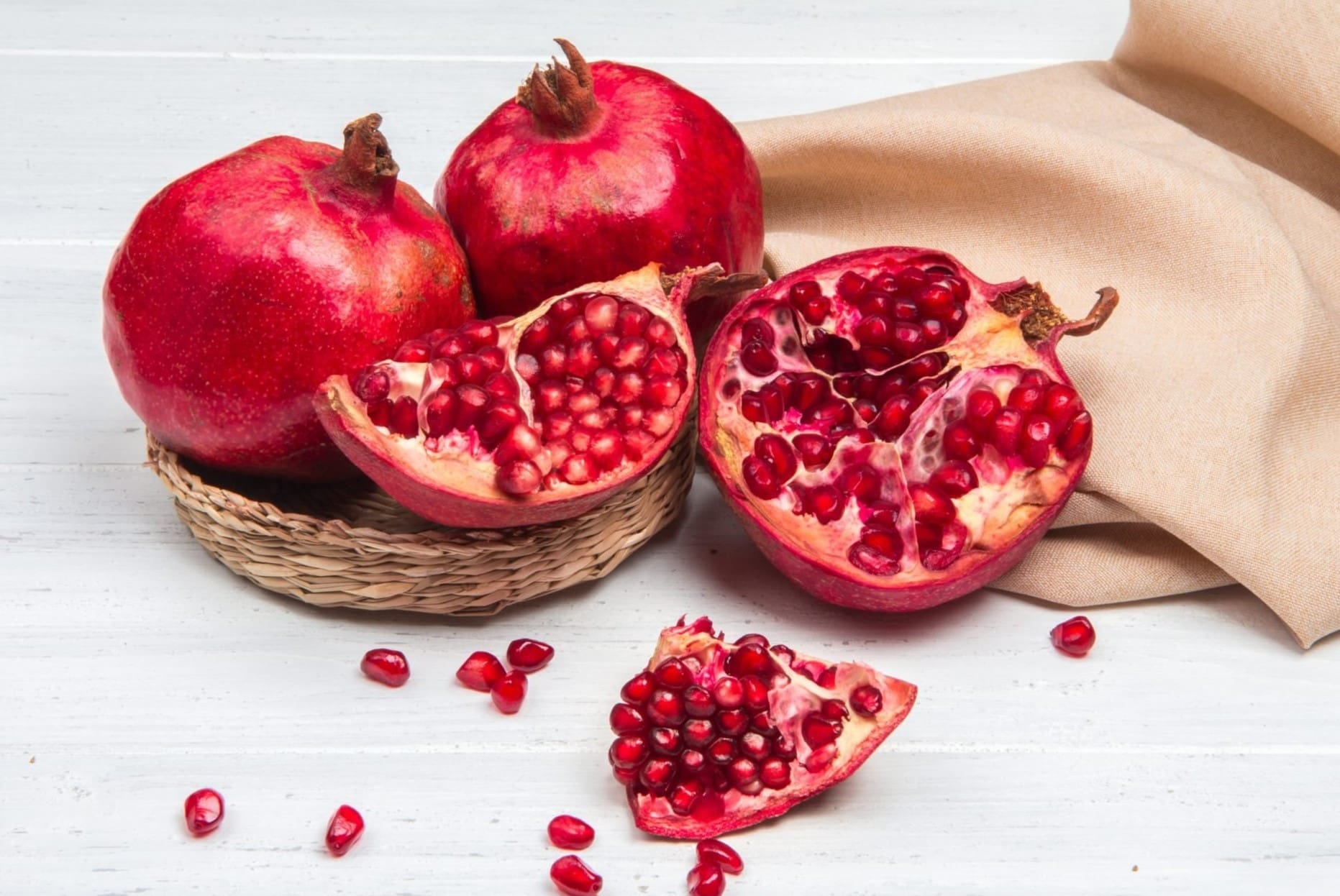

Garden Essentials
How Do I Eat Pomegranate Seeds
Modified: October 20, 2024
Learn the best ways to eat pomegranate seeds from your own garden. Discover tips for harvesting, storing, and enjoying these delicious fruits.
(Many of the links in this article redirect to a specific reviewed product. Your purchase of these products through affiliate links helps to generate commission for Storables.com, at no extra cost. Learn more)
Introduction
Welcome to the wonderful world of pomegranate seeds! These tiny ruby-colored gems are not only delicious but also packed with an array of health benefits. Whether you’re a seasoned pro or a newbie to the pomegranate scene, this article will provide you with a comprehensive guide on how to enjoy these nutritious seeds.
Known as the “jewels of the fruit,” pomegranate seeds have been cherished for centuries for their unique sweet and tart flavor. They are not only a tasty snack but also a versatile ingredient that can be added to various dishes to enhance both their flavor and visual appeal.
Not only are pomegranate seeds a delightful treat, but they also offer numerous health benefits. Rich in antioxidants, vitamins, and minerals, these seeds are considered a superfood. They can boost your immune system, support heart health, improve digestion, and even help in preventing certain types of cancer. So, let’s delve into the incredible benefits of eating pomegranate seeds.
Key Takeaways:
- Pomegranate seeds are not only delicious but also packed with antioxidants, vitamins, and minerals, offering benefits like heart health, immune support, and anti-inflammatory properties.
- Extracting and enjoying pomegranate seeds is a straightforward process, and they can be incorporated into various dishes to add flavor, color, and nutrition.
Read more: How To Eat A Pomegranate Seed
Benefits of Eating Pomegranate Seeds
Eating pomegranate seeds can have a positive impact on your overall health and well-being. Here are some of the key benefits:
- Rich in antioxidants: Pomegranate seeds are bursting with antioxidants, which help neutralize harmful free radicals in the body. These antioxidants, such as flavonoids and vitamin C, can protect against chronic diseases and slow down the aging process.
- Boosts heart health: Pomegranate seeds are heart-healthy due to their high content of polyphenols. These compounds have been found to reduce inflammation, lower blood pressure, and improve cholesterol levels, thus reducing the risk of heart disease.
- Supports immune function: Packed with vitamin C, pomegranate seeds can strengthen your immune system and help fight off common illnesses and infections. They also contain other nutrients, like vitamin E and zinc, which play a role in immune function.
- Aids digestion: The fiber content in pomegranate seeds promotes healthy digestion and prevents constipation. It can also promote the growth of beneficial gut bacteria, which positively affects overall digestive health.
- Anti-inflammatory properties: Pomegranate seeds possess powerful anti-inflammatory properties, thanks to their high levels of antioxidants. Regular consumption can help reduce inflammation in the body, which is beneficial for managing conditions like arthritis.
- Potential cancer prevention: Some studies suggest that the compounds found in pomegranate seeds may have a protective effect against certain types of cancer, including breast and prostate cancer. However, more research is needed in this area.
These are just a few of the many benefits that pomegranate seeds have to offer. Including them in your diet can have a positive impact on your overall health and wellbeing. Now that you know the benefits, let’s move on to the next section: how to enjoy these delicious seeds.
Step-by-Step Guide to Eating Pomegranate Seeds
While it may seem daunting at first, extracting and enjoying pomegranate seeds is a straightforward process. Here’s a step-by-step guide to help you navigate through:
- Choose a ripe pomegranate: Look for a pomegranate that feels heavy for its size and has a vibrant color. The skin should be firm and smooth, without any blemishes.
- Prepare your workspace: It’s a good idea to have a cutting board, a sharp knife, and a large bowl ready. Pomegranate juice can stain, so it’s best to work on a surface that is easy to clean.
- Cut off the crown: Start by cutting off the top of the pomegranate, also known as the crown. Make sure to cut just enough to expose the seeds inside.
- Score the skin: With the tip of your knife, score the skin of the pomegranate from top to bottom, following the natural ridges. Make sure not to cut too deep into the seeds.
- Break the pomegranate apart: Hold the pomegranate with both hands and gently pull it apart into two halves along the scored lines.
- Loosen the seeds: With your fingers or the back of a spoon, gently loosen the seeds from the pith inside each half. Be careful not to crush the seeds.
- Remove the seeds: Turn each half of the pomegranate upside down over a bowl and tap the back with a spoon. The seeds will fall out easily, while the pith remains inside.
- Enjoy the seeds: Once you have extracted all the seeds, you can eat them as is, or add them to your favorite dishes, salads, desserts, or smoothies.
Remember, extracting pomegranate seeds can be a messy process, so it’s a good idea to have a handy apron or wear clothes that you don’t mind getting stained. Now that you know how to extract the seeds, let’s move on to the next section: tips for preparing pomegranate seeds.
Tips for Preparing Pomegranate Seeds
Preparing pomegranate seeds can be a breeze with the right techniques. Here are some tips to help you handle and store pomegranate seeds efficiently:
- Remove any pith: After extracting the seeds, you may notice tiny pieces of pith still attached. To remove them, submerge the seeds in a bowl of water and gently skim off the remaining pith that floats to the top.
- Store in an airtight container: If you have any leftover seeds, store them in an airtight container in the refrigerator. They can stay fresh for up to a week, allowing you to enjoy them over multiple meals or snacks.
- Freeze for later use: Pomegranate seeds can be frozen for long-term storage. Place them in a single layer on a baking sheet lined with parchment paper and freeze until solid. Transfer the frozen seeds to a ziplock bag or airtight container and store them in the freezer for up to six months.
- Stain prevention: Pomegranate juice is known for its staining properties. To avoid staining your hands while extracting the seeds, wear disposable gloves or use a wooden spoon to gently tap and release the seeds.
- Use caution when consuming: Pomegranate seeds have a hard outer shell that can be a bit tough to chew. Take care to bite and chew them carefully to avoid any accidental injuries or discomfort.
- Experiment with flavor combinations: Don’t be afraid to get creative with how you enjoy pomegranate seeds. They can be a delightful addition to salads, yogurt, smoothie bowls, desserts, and even savory dishes like couscous or roasted vegetables.
By following these tips, you can make the most out of your pomegranate seeds and incorporate them into your meals with ease. Now that you’re well-equipped with preparation techniques, let’s explore the various ways you can include pomegranate seeds in your diet.
To eat pomegranate seeds, cut the fruit in half and gently tap the back with a spoon to release the seeds. Then, simply scoop them out and enjoy!
Ways to Incorporate Pomegranate Seeds into Your Diet
Pomegranate seeds are not only nutritious but also add a burst of flavor and vibrant color to your dishes. Here are some delectable ways to incorporate them into your diet:
- Topping for yogurt or oatmeal: Sprinkle a handful of pomegranate seeds over a bowl of Greek yogurt or a warm bowl of oatmeal. They add a refreshing sweetness and a delightful crunch.
- Salad garnish: Add a pop of color and texture to your favorite salads by tossing in a handful of pomegranate seeds. They pair well with greens, feta cheese, nuts, and citrus-based dressings.
- Smoothie booster: Blend pomegranate seeds into your favorite smoothie recipes for a nutritious and flavorful kick. They work well with berries, bananas, spinach, and almond milk.
- Grain bowl topping: When assembling a grain bowl, such as quinoa or brown rice, sprinkle pomegranate seeds on top for a sweet and tangy element. It complements roasted vegetables, grilled chicken, or chickpeas perfectly.
- Fruit salsa: Combine pomegranate seeds with diced mango, red onion, jalapeno, cilantro, and a squeeze of lime juice to make a refreshing and vibrant fruit salsa. Serve it with tortilla chips, grilled fish, or as a topping for tacos.
- Dessert ingredient: Use pomegranate seeds as a topping for cakes, cupcakes, or ice cream sundaes. They add both a burst of flavor and a visually appealing touch.
- Infused water: Add a handful of pomegranate seeds to a pitcher of water along with some fresh mint leaves or slices of citrus fruits for an infused water that’s both refreshing and visually stunning.
These are just a few ideas to get you started. Feel free to experiment with different recipes and discover your own creative ways to incorporate pomegranate seeds into your meals and snacks. Just remember to have fun and enjoy the delicious and nutritious benefits of these delightful seeds.
Read more: What Happens When You Eat Pomegranate Seeds
Potential Side Effects and Precautions
While pomegranate seeds offer numerous health benefits, it’s important to be aware of potential side effects and take necessary precautions when consuming them. Here are a few points to keep in mind:
- Allergic reactions: Some individuals may have an allergic reaction to pomegranate seeds. If you have a known allergy to pomegranates or any related fruits, it’s best to avoid consuming them.
- Interactions with medications: Pomegranate juice or supplements may interact with certain medications, such as blood pressure medications or cholesterol-lowering drugs. Consult with your healthcare provider if you’re taking any medications to ensure that consuming pomegranate doesn’t interfere with their effectiveness.
- Oxalate content: Pomegranate seeds contain oxalates, which can contribute to the formation of kidney stones in susceptible individuals. If you have a history of kidney stones or are at risk for developing them, it’s advisable to moderate your intake of pomegranate seeds.
- Stomach discomfort: While rare, some people may experience stomach discomfort, bloating, or diarrhea after consuming a large quantity of pomegranate seeds. If you notice any digestive issues, consider reducing your intake or consulting a healthcare professional.
- Pregnancy and breastfeeding: Pomegranate seeds are generally considered safe for consumption during pregnancy and breastfeeding. However, it’s important to consult with your healthcare provider to ensure it aligns with your individual circumstances.
- Staining surfaces and clothing: As mentioned before, pomegranate juice can leave stains on surfaces and clothing due to its vibrant color. Take care when handling and consuming pomegranate seeds to prevent any potential staining mishaps.
It’s also worth noting that moderation is key when incorporating pomegranate seeds into your diet. While they are packed with nutrients, consuming excessive amounts may lead to an imbalance in your overall diet. As with any dietary change, it’s best to listen to your body and consume pomegranate seeds in a way that works well for you.
Remember, it’s always a good idea to consult with a healthcare professional or registered dietitian if you have any specific concerns or questions regarding the consumption of pomegranate seeds, especially if you have underlying health conditions or are taking medications.
Now that you’re equipped with the potential side effects and precautions, let’s wrap up the article.
Conclusion
Pomegranate seeds are truly nature’s treasure. Not only do they offer a burst of sweet and tangy flavor, but they also provide a wide range of health benefits. From their antioxidant properties to their potential heart-protective effects, these tiny seeds can enhance your overall well-being.
By following the step-by-step guide, you can easily extract the seeds and incorporate them into your favorite dishes. Whether you choose to sprinkle them over yogurt, add them to salads, or use them as a topping for desserts, the possibilities are endless.
However, it’s important to be aware of potential side effects and take necessary precautions. Allergies, interactions with medications, and the oxalate content are all factors to consider, and it’s advisable to consult with a healthcare professional before adding pomegranate seeds to your diet.
Remember, moderation is key. Enjoying pomegranate seeds as part of a well-balanced diet can be a delicious and nutritious way to support your overall health and well-being. So go ahead, explore the versatility of pomegranate seeds and savor their unique taste and abundant benefits.
Whether you’re a long-time fan or trying pomegranate seeds for the first time, embrace their vibrant flavor and reap the rewards they have to offer. Happy eating!
Frequently Asked Questions about How Do I Eat Pomegranate Seeds
Was this page helpful?
At Storables.com, we guarantee accurate and reliable information. Our content, validated by Expert Board Contributors, is crafted following stringent Editorial Policies. We're committed to providing you with well-researched, expert-backed insights for all your informational needs.

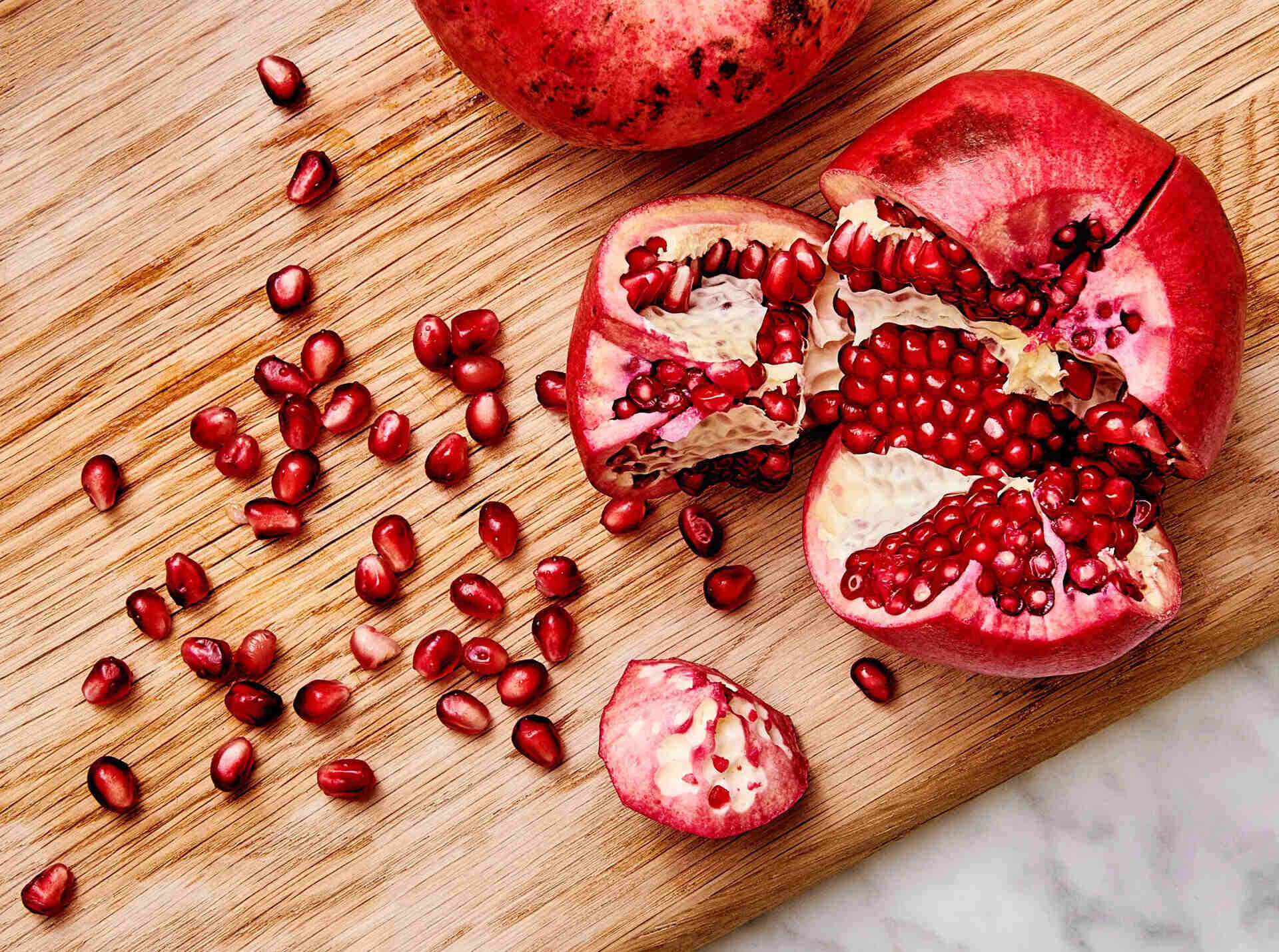
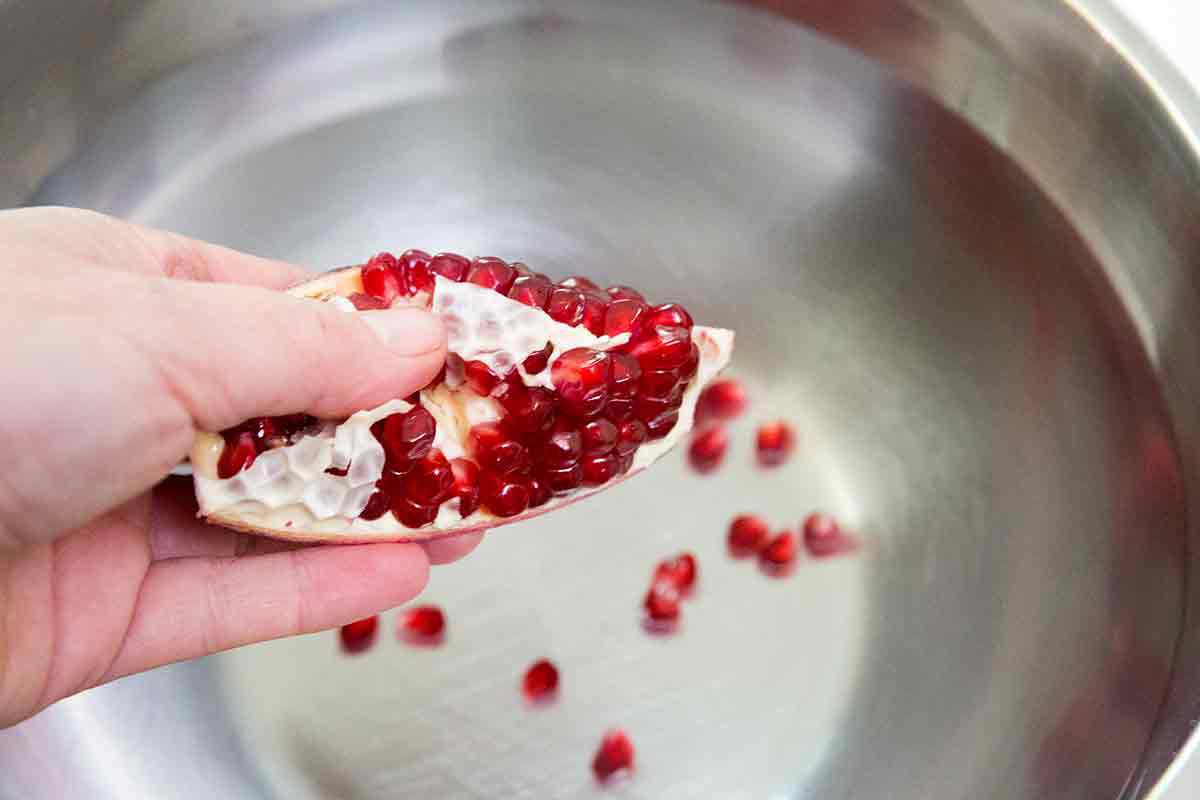
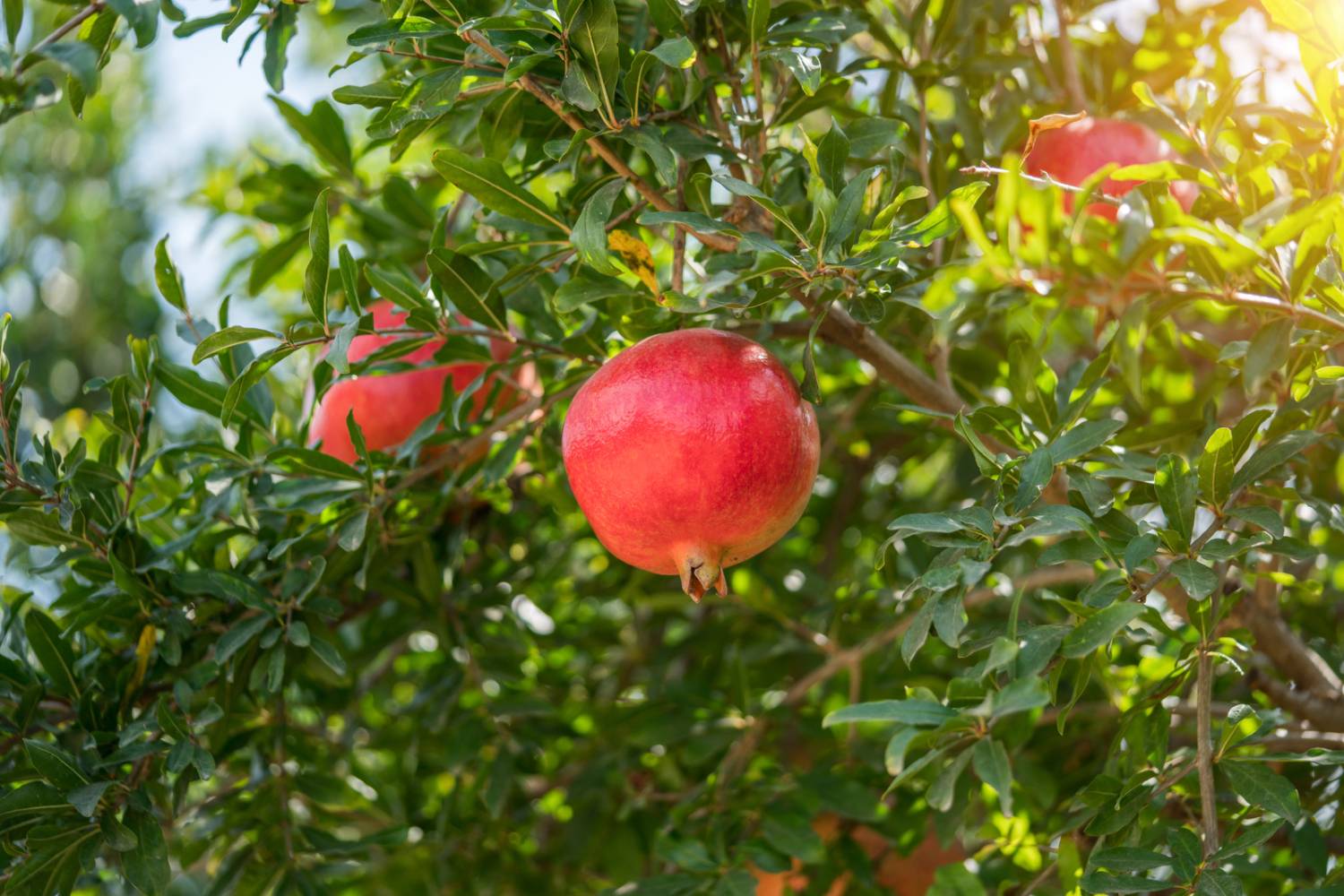
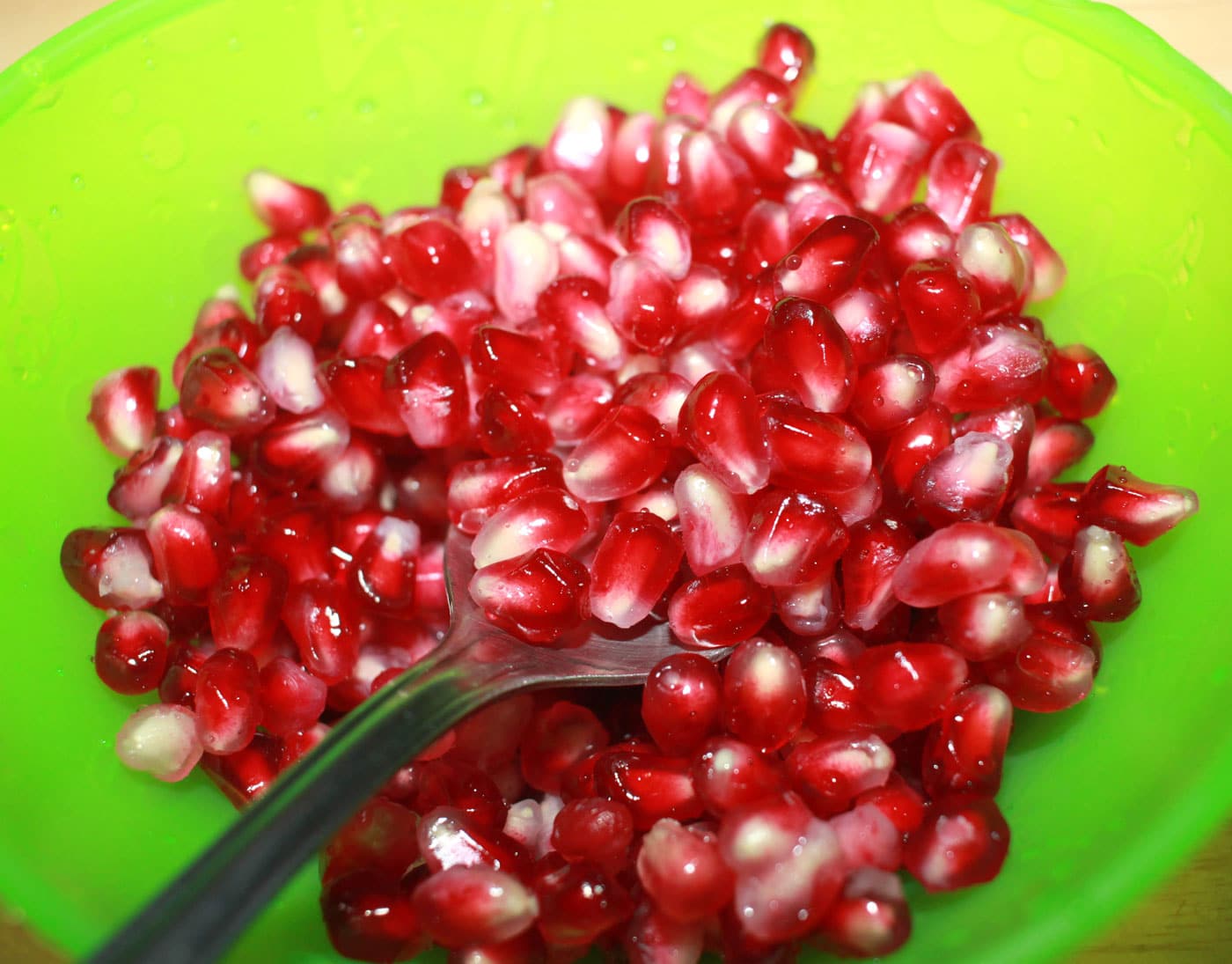
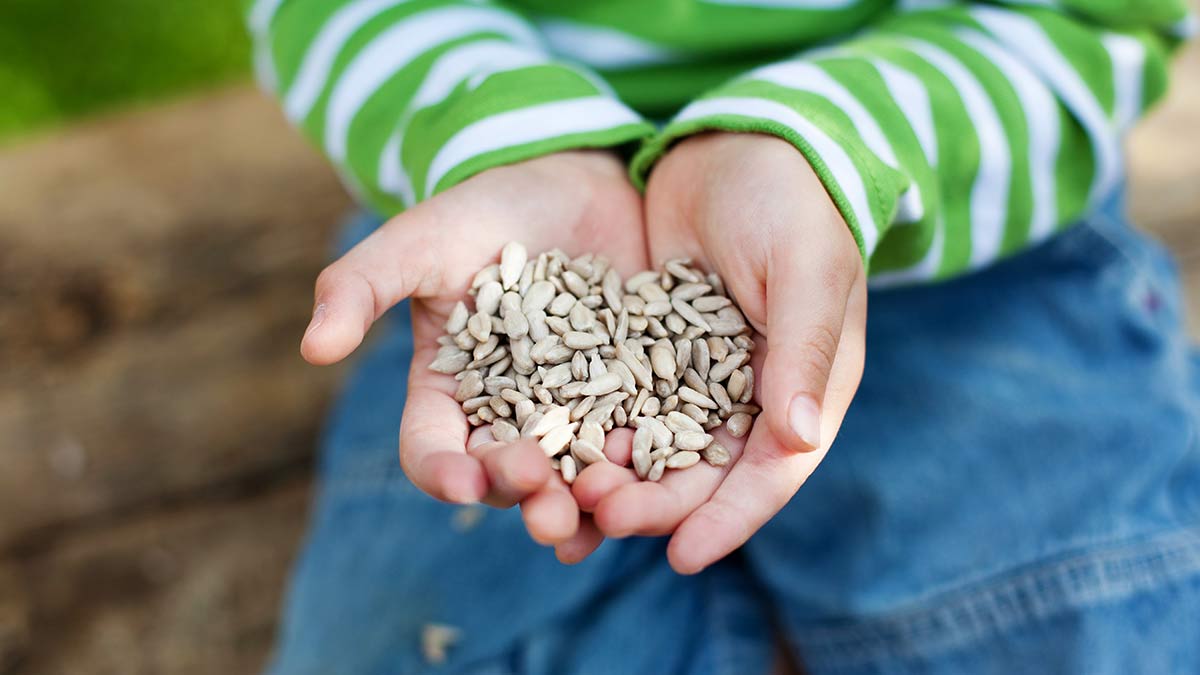
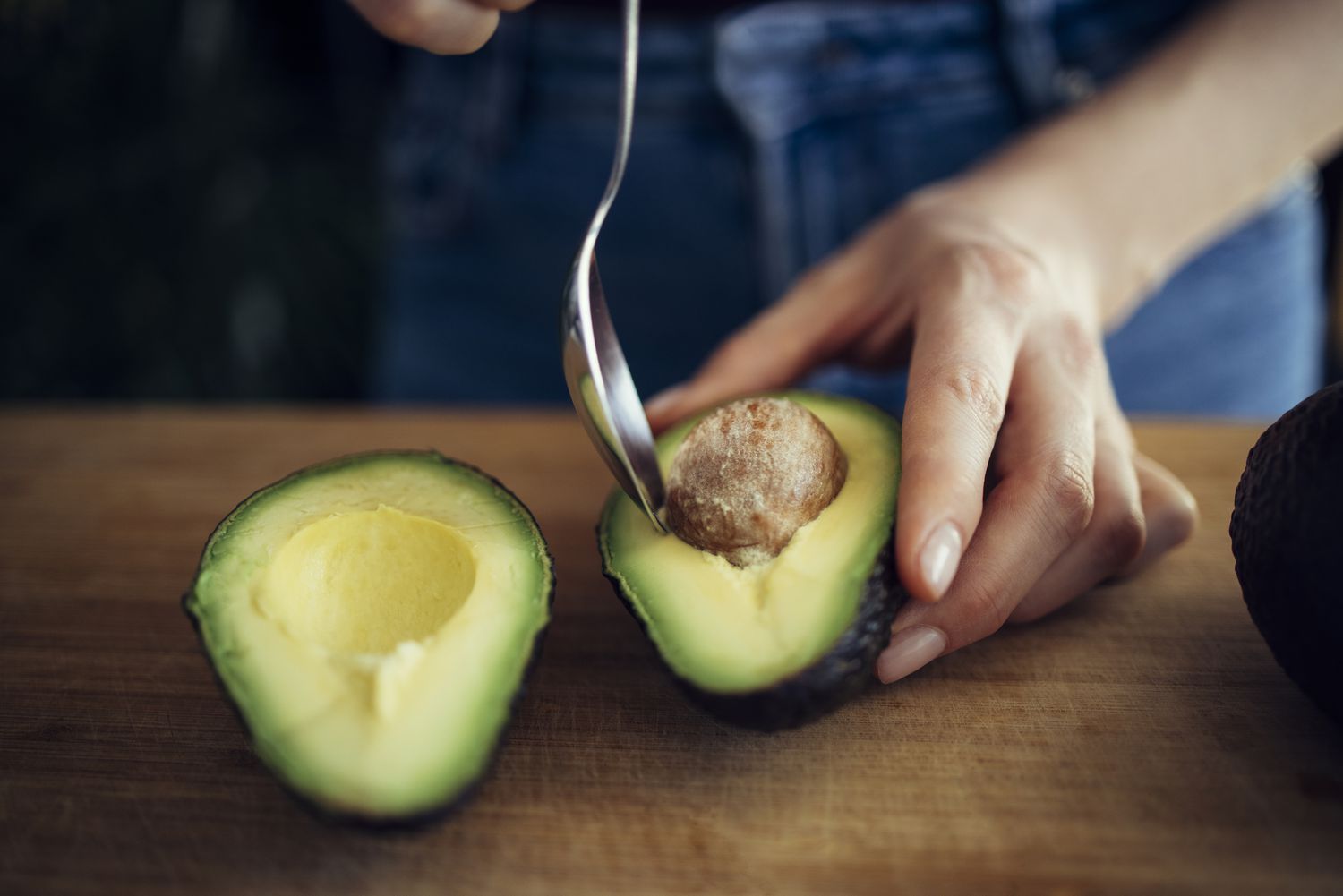

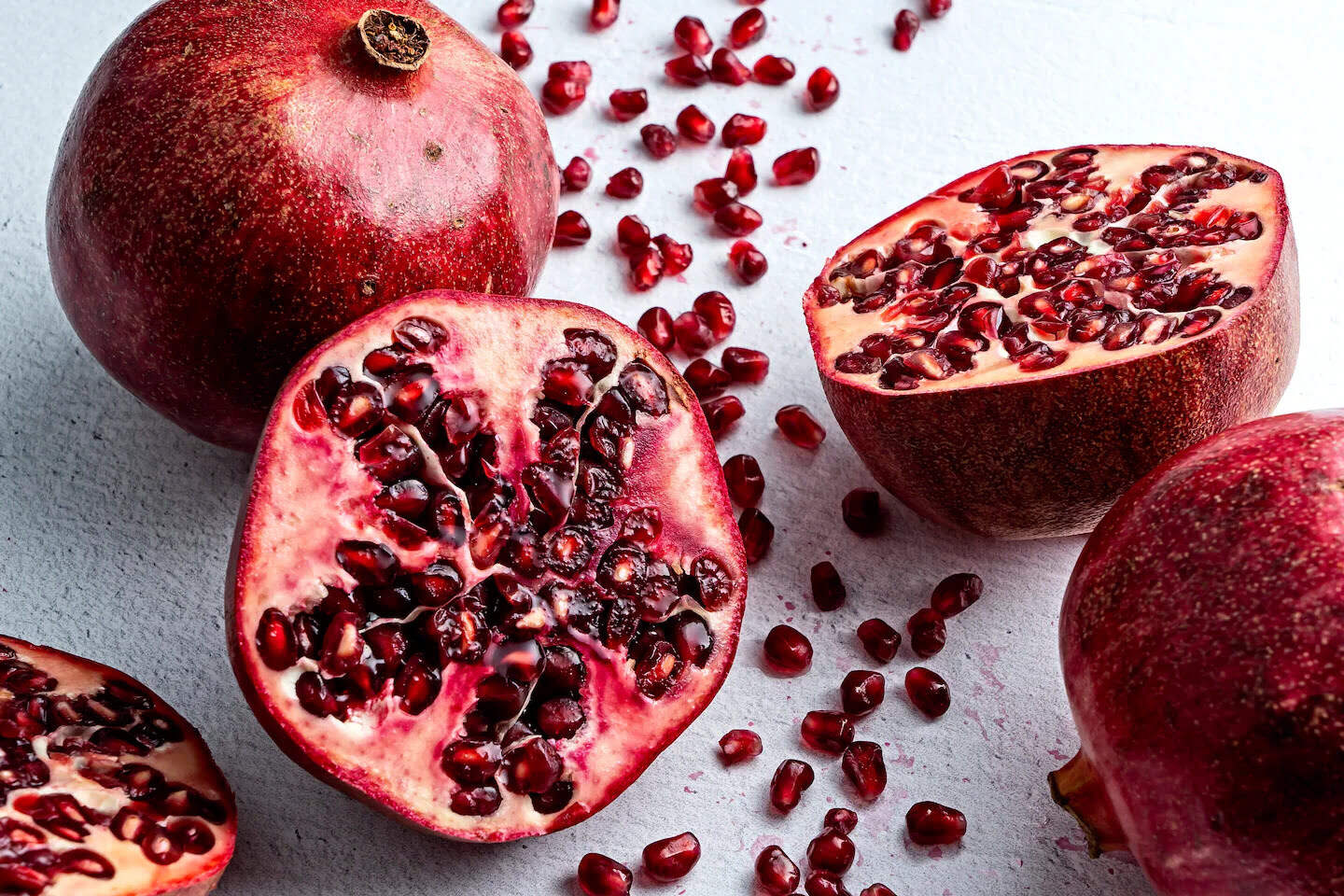
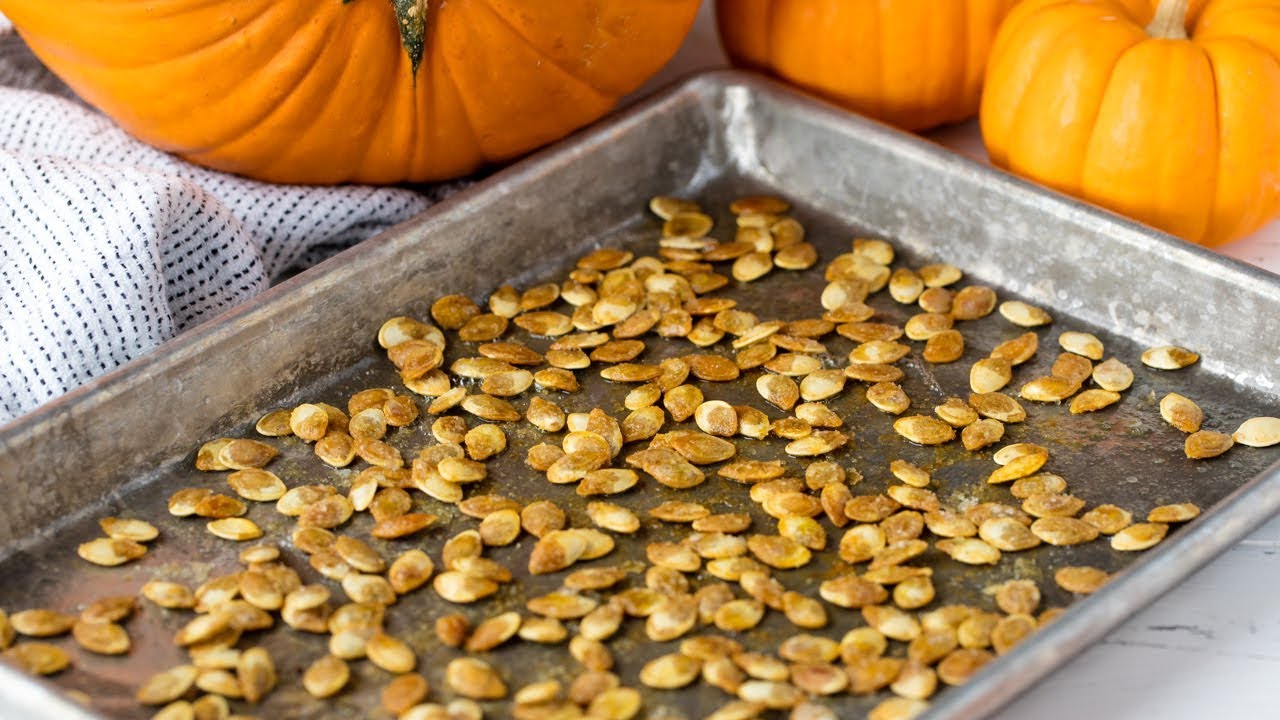
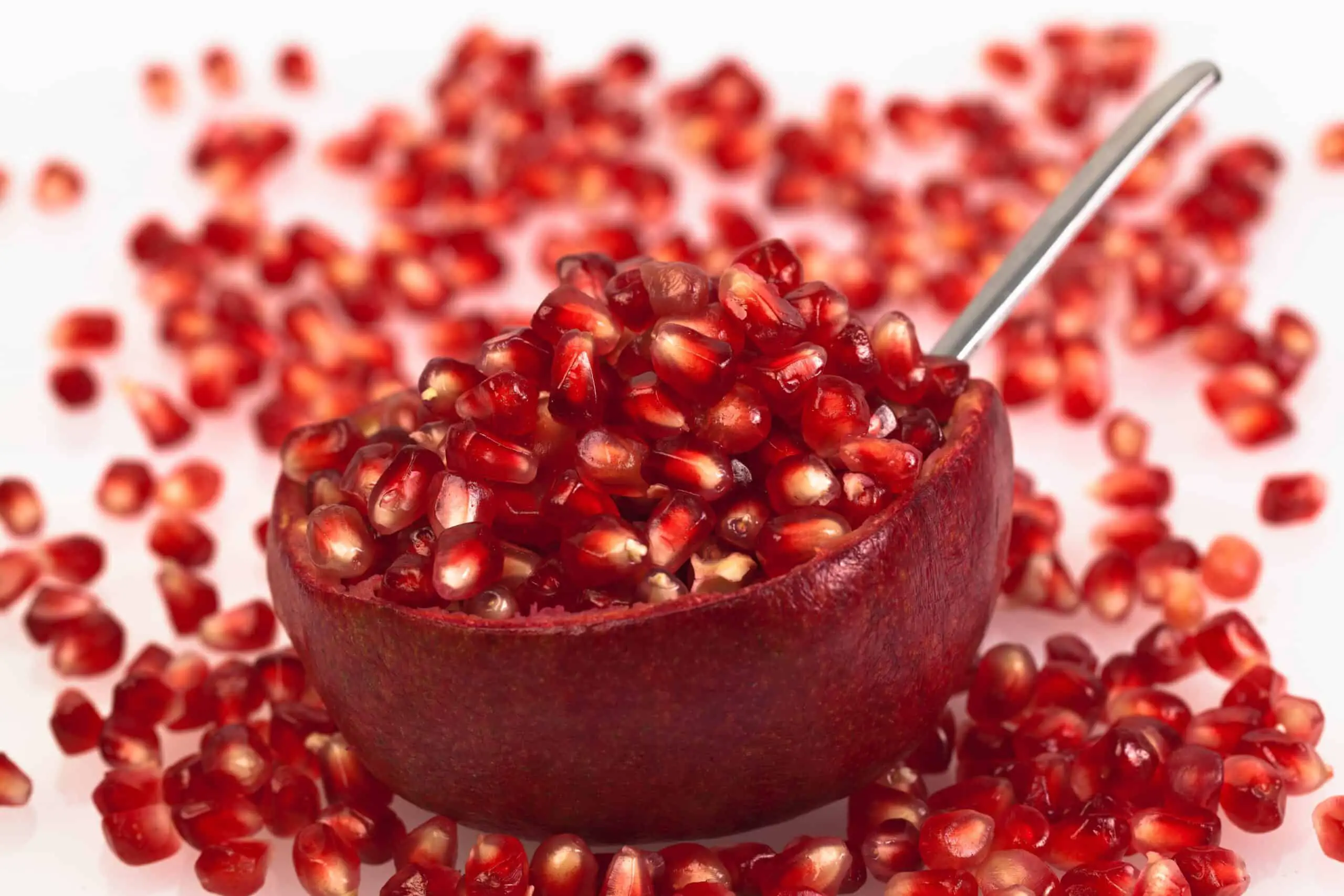

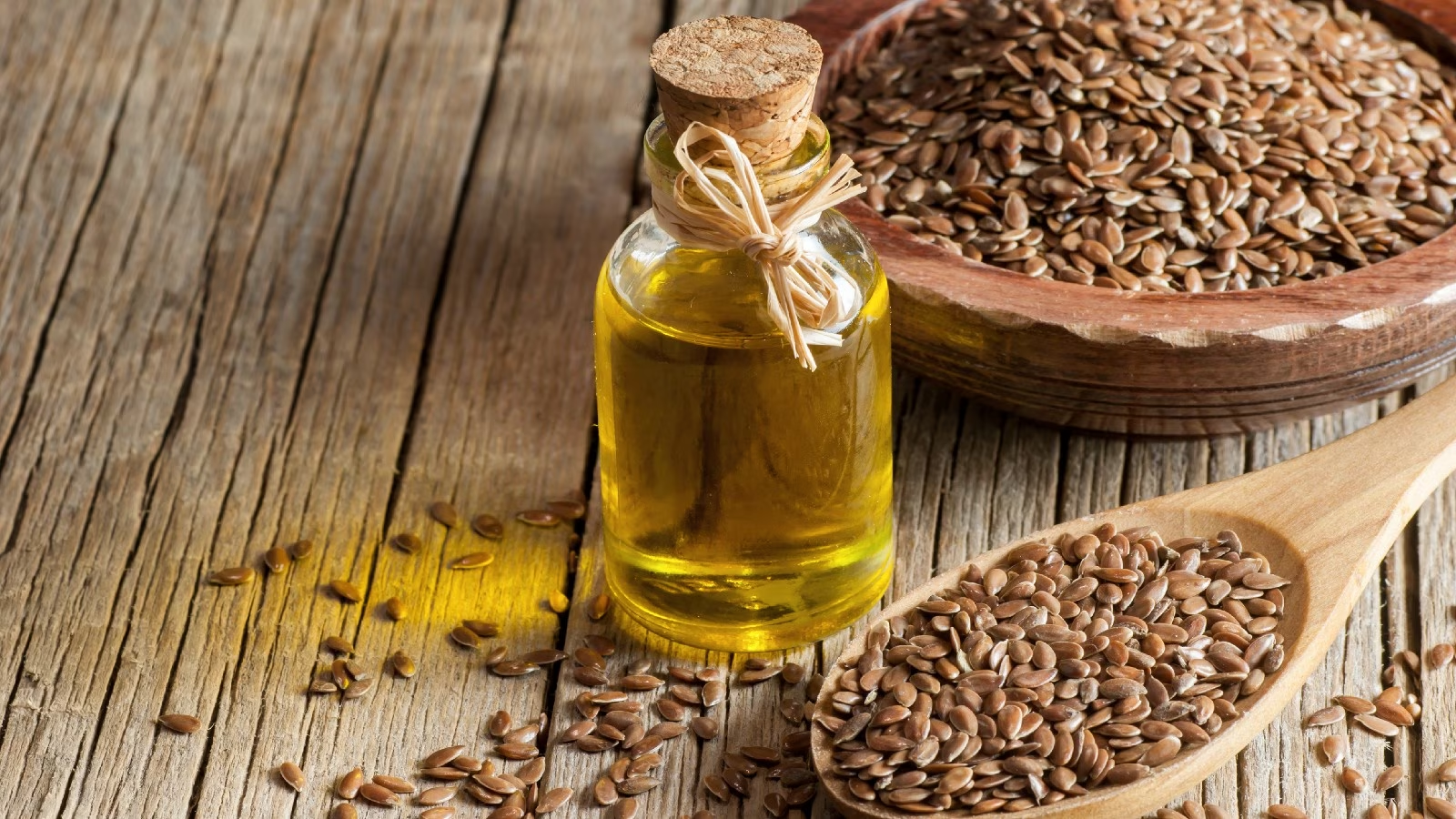


0 thoughts on “How Do I Eat Pomegranate Seeds”